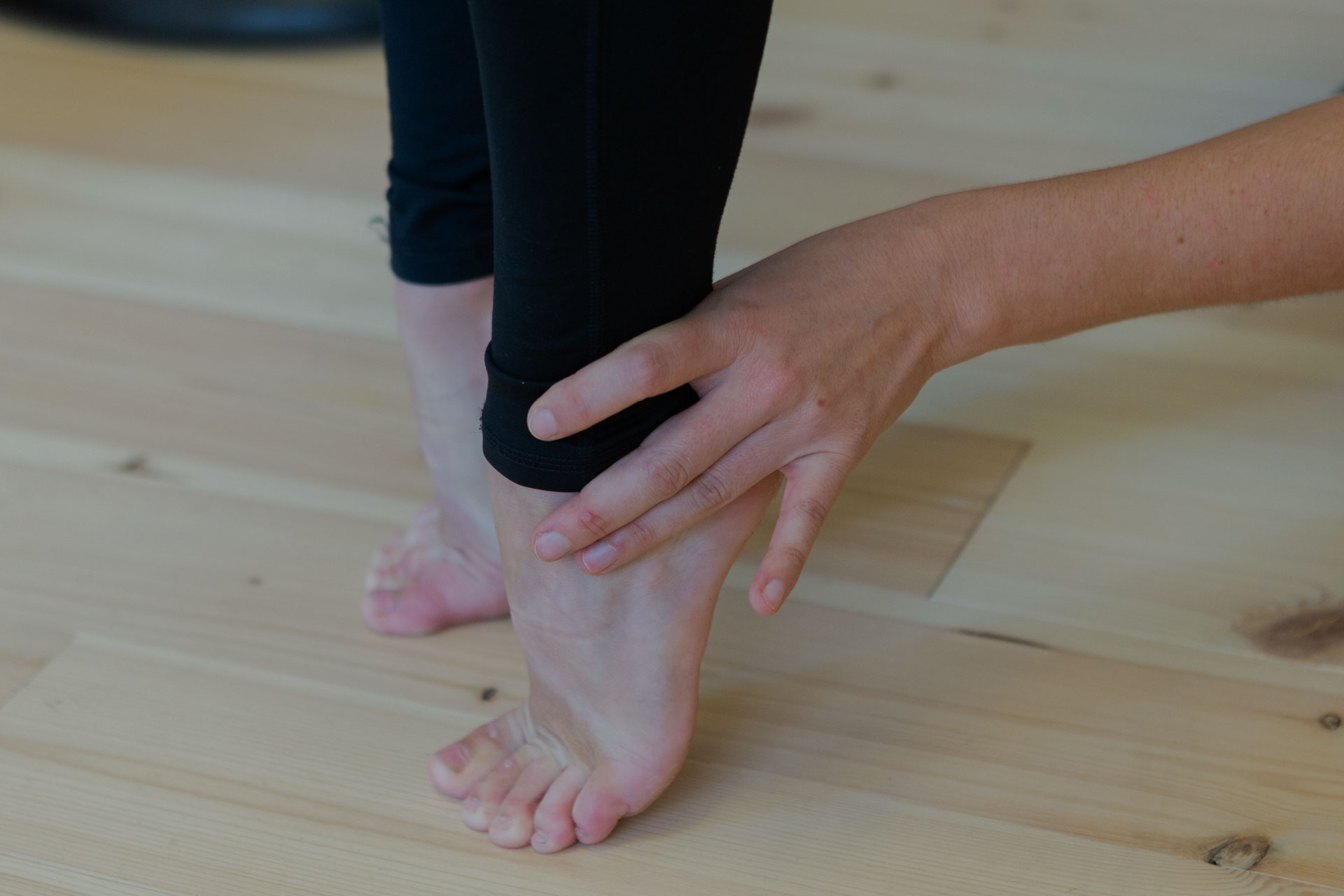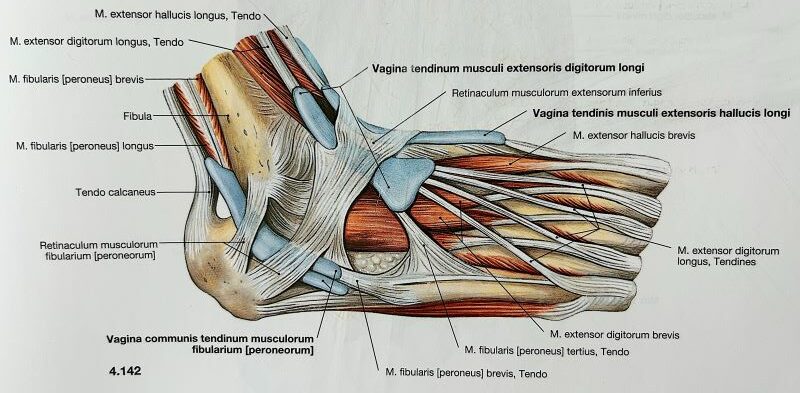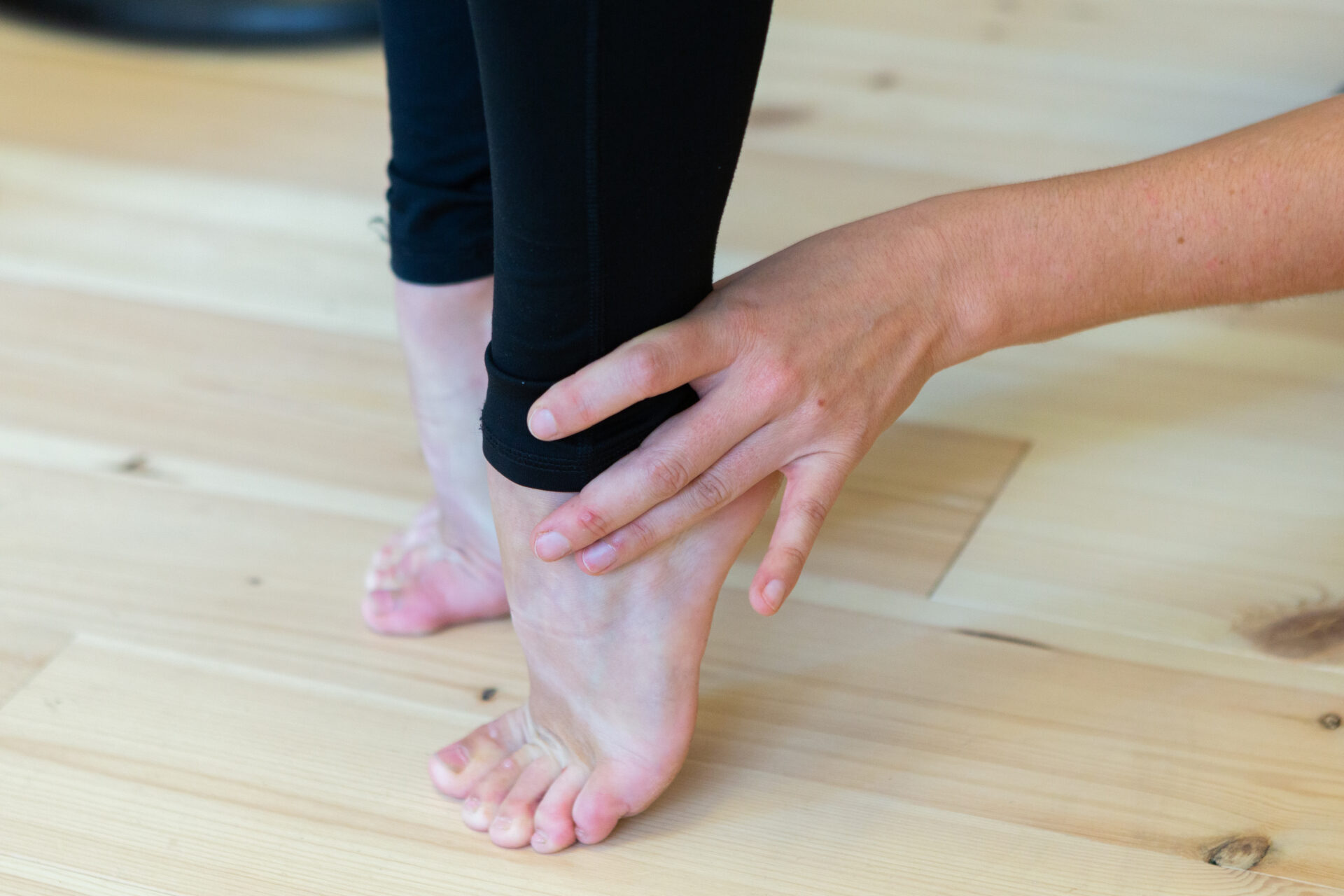Ankle: Heel Spur
Often called “heel spur syndrome” is a calcium deposit causing a bony growth on the under of the heel bone called calcaneus. A process that usually occurs over a period of many months. This abnormal growth under your heel often cause heel pain. Is also frequently associated with plantar fasciitis, a painful inflammation of the fibrous band of connective tissue (plantar fascia).
The plantar fascia is designed to absorb the high stresses and strains we place on our feet when walking or doing other activities like playing sports. Sometimes, too much pressure or if your body is in general overload it can damage or tear the tissues causing inflammation that occur under heel.





